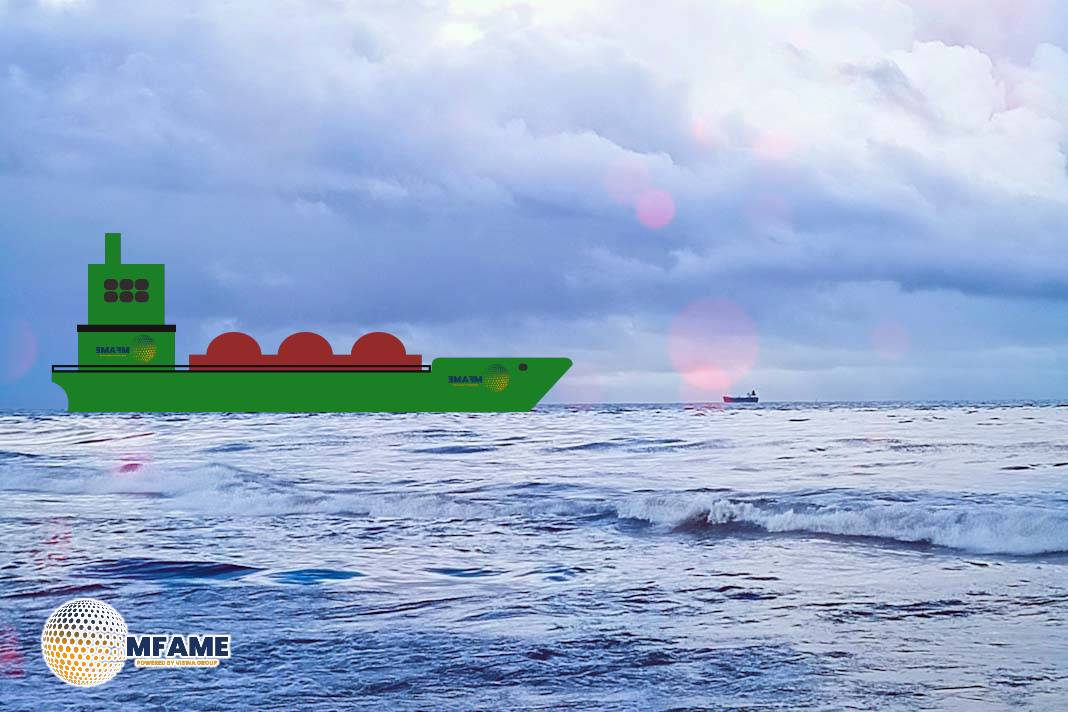Canada has officially joined the ranks of global Liquefied Natural Gas (LNG) exporters, marking a significant milestone with the shipment of its first-ever LNG export cargo from the country’s Pacific Coast. A spokesperson for the Shell-led LNG Canada project confirmed on Monday, June 30, 2025, that the inaugural cargo is en route to Asia.
Joint Venture
The LNG Canada facility, located in Kitimat, British Columbia, has achieved a significant milestone with the departure of its first cargo of liquefied natural gas (LNG) on June 30, 2025. This landmark event marks the operational start of North America’s first major LNG facility with direct access to the Pacific Coast, providing Canada with a crucial new pathway to diversify its energy export markets.
The project is a massive undertaking, costing approximately CDN40billion(US29.4 billion), making it the largest private-sector investment in Canadian history. It is a joint venture comprising global energy giants:
- Shell Plc (40% working interest, leading the consortium)
- Petronas (25%)
- PetroChina (15%)
- Mitsubishi Corp (15%)
- Kogas (5%)
For Canada, this project comes at a time when trade tensions with the United States have heightened the need to diversify its export destinations. As LNG Canada CEO Chris Cooper stated, “This is something Canada really needs right now,” in reference to those trade tensions.
Canada is a major player in natural gas, ranking as the world’s fifth-largest producer and fourth-largest exporter. However, historically, virtually all of its natural gas exports have gone to the United States via pipelines. LNG Canada fundamentally changes this dynamic, offering the country’s natural gas producers direct access to energy-hungry Asian markets for the first time.
The facility’s strategic Pacific coast location provides a significant competitive advantage. It offers a direct shipping route to Asia without needing to transit the Panama Canal, which is often a bottleneck for U.S. competitors whose LNG facilities are predominantly located along the Gulf Coast. This shorter, more direct route is expected to give Canadian LNG an edge in efficiency and potentially lower delivery costs to Asian buyers.
Cost Competitiveness
Canadian natural gas, sourced from the shale fields of northeast British Columbia and transported via the Coastal GasLink pipeline to the LNG Canada facility, currently trades at less than half the price of the U.S. Henry Hub benchmark. This significant cost differential gives Canadian LNG a strong competitive edge in international markets. As Petronas Canada CEO Mark Fitzgerald asserted in June, “West coast LNG in Canada competes exceptionally well against anything being developed in the United States.”
The startup of LNG Canada, first proposed in 2012, comes nearly 10 years after the United States began exporting LNG from the lower 48 states. The first large-scale U.S. LNG export shipment from the lower 48 occurred in February 2016, from the Sabine Pass Liquefaction facility in Louisiana. Since then, the United States has rapidly ascended to become the world’s largest LNG exporter. This substantial head start for the U.S. has led many in Canada’s energy sector to express concern that their country has been too slow to develop its own LNG export industry, despite being the world’s fifth-largest natural gas producer and fourth-largest exporter.
While Canada faces challenges in terms of potentially higher construction costs in remote areas and stricter greenhouse gas regulations compared to the U.S. Gulf Coast, the competitive advantage offered by its low natural gas feedstock prices and direct Pacific access to Asian markets is a strong driver for the future of Canadian LNG. The project’s launch marks a pivotal moment for Canada’s energy sector, enabling it to diversify export markets beyond its historical reliance on the United States and tap into the growing global demand for cleaner energy.
Did you subscribe to our Daily newsletter?
It’s Free! Click here to Subscribe!
Source: Reuters
















